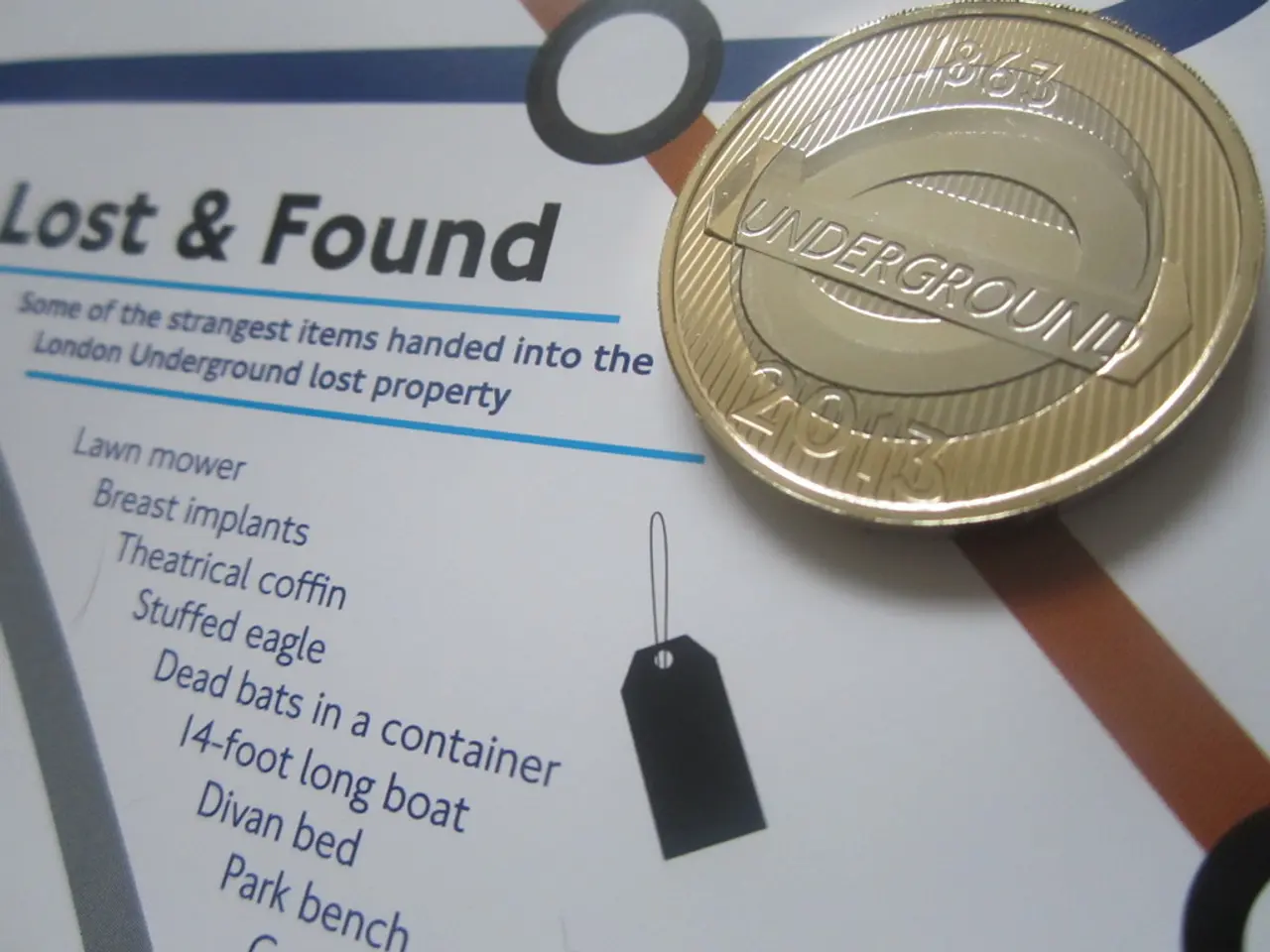Guide on Transferring Funds Overseas without Incurring Currency Exchange Charges
In today's interconnected world, sending money abroad has become a common requirement for many individuals and businesses. To make this process more efficient and cost-effective, opening a foreign currency bank account or a multi-currency account can be a game-changer. Here's a step-by-step guide on how to do just that.
Choosing the Right Account
First, you need to decide on the type of account that best suits your needs. A foreign currency account holds a single currency (like USD, EUR, GBP), ideal if you mainly transact in one currency. On the other hand, a multi-currency account lets you manage multiple currencies in one place, providing greater flexibility for international transactions and reducing the need for currency conversion fees.
Selecting a Provider
Next, choose a provider for your account. Large international banks such as HSBC, Barclays, Standard Chartered, and Deutsche Bank offer offshore or foreign currency accounts, some with online application options. Alternatively, fintech platforms like Wise and Karbon provide multi-currency virtual accounts that are often easier and free to open.
Application Process
Once you've chosen your provider, the next step is to complete the application process. This typically involves eligibility checks, registering online, verifying your identity by uploading IDs and possibly taking a selfie, and providing other required documents such as address proof and signature. Some banks may require a video call for final verification, and you might need to maintain a minimum balance or meet specific criteria to waive maintenance fees.
Making Transfers
With your account set up, you can now make transfers without conversion fees. If you hold the recipient's currency in your account, you can send the money directly without paying currency conversion fees. Some banks and accounts offer fee-free transfers within specific networks or countries, while digital multi-currency accounts like Wise allow you to hold money in multiple currencies and pay recipients in their local currency with low or no conversion fees, leveraging real exchange rates.
Additional Considerations
For U.S.-based accounts, non-residents can open LLC bank accounts with banks such as Wells Fargo, which are foreigner-friendly, but often require visiting the U.S. and providing specific documentation. Some offshore jurisdictions like Switzerland offer foreign currency accounts with privacy and currency options but require extensive documentation and may involve withholding taxes depending on currency choice.
In summary, to open a foreign currency bank account or a multi-currency account that allows you to send money abroad directly without conversion fees, start by choosing a bank or fintech platform that suits your needs (currency coverage, fees, verification process), then follow their application procedure to verify your identity and submit documents. Holding a multi-currency account helps avoid conversion fees because you can send money abroad directly in the recipient's currency without intermediate conversion steps.
Personal-finance considerations for choosing the right account include selecting a provider that offers a multi-currency account for greater flexibility in managing multiple currencies, reducing the need for currency conversion fees. Technology, such as data-and-cloud-computing, allows for easy online application and identity verification processes, making it convenient to open accounts with fintech platforms like Wise or Karbon.




